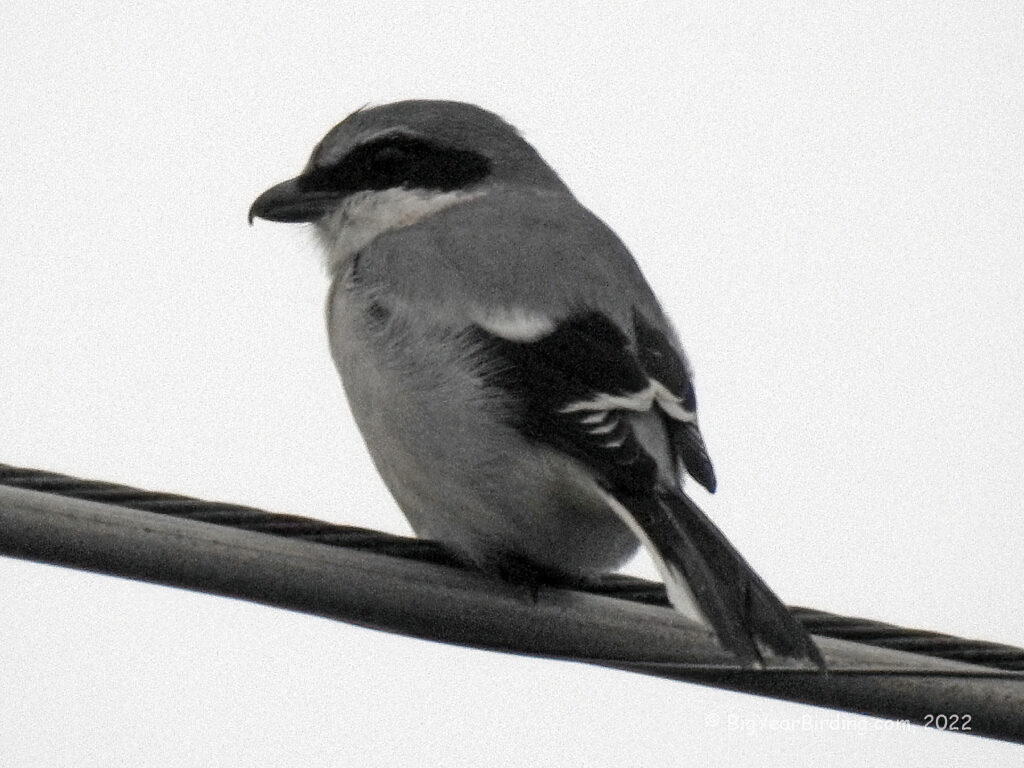
The Loggerhead Shrike (Lanius ludovicianus) is a small passerine bird that can be found in North America. It measures about 8-10 inches in length, with a wingspan of 12-14 inches. The male and female are similar in appearance, with grayish-brown upperparts and white underparts. They have a black mask across their eyes and a hooked bill that is ideal for catching insects and small prey.
One of the most distinctive features of the Loggerhead Shrike is the black “mask” that stretches across its eyes. This gives it a somewhat fierce appearance and makes it easy to distinguish from other similar species. In addition, they have a thick, hooked bill that is perfect for tearing apart their prey. When seen in flight, they also have a noticeable white patch at the base of their primaries.
Loggerhead Shrikes are migratory birds, spending their winters in the southern United States and Mexico, and breeding in the northern parts of their range. They typically begin their migration in September or October and return to their breeding grounds in March or April. During migration, they can be found in a variety of habitats, including open fields, grasslands, and deserts.
Despite their small size, Loggerhead Shrikes are formidable predators. They feed on insects, small mammals, reptiles, and other birds. They often catch their prey and impale them on thorns, sharp branches, or barbed wire fences. This behavior, known as “lardering,” allows them to store their food and come back to it later. It also makes them one of the few bird species known to use tools.

Loggerhead Shrikes are currently listed as a species of concern due to habitat loss and declining populations. They require large open spaces with scattered trees or shrubs, which are becoming increasingly rare due to urbanization and agriculture. Efforts to conserve and restore their habitat are underway, and birdwatchers can help by reporting sightings of Loggerhead Shrikes to conservation organizations.

